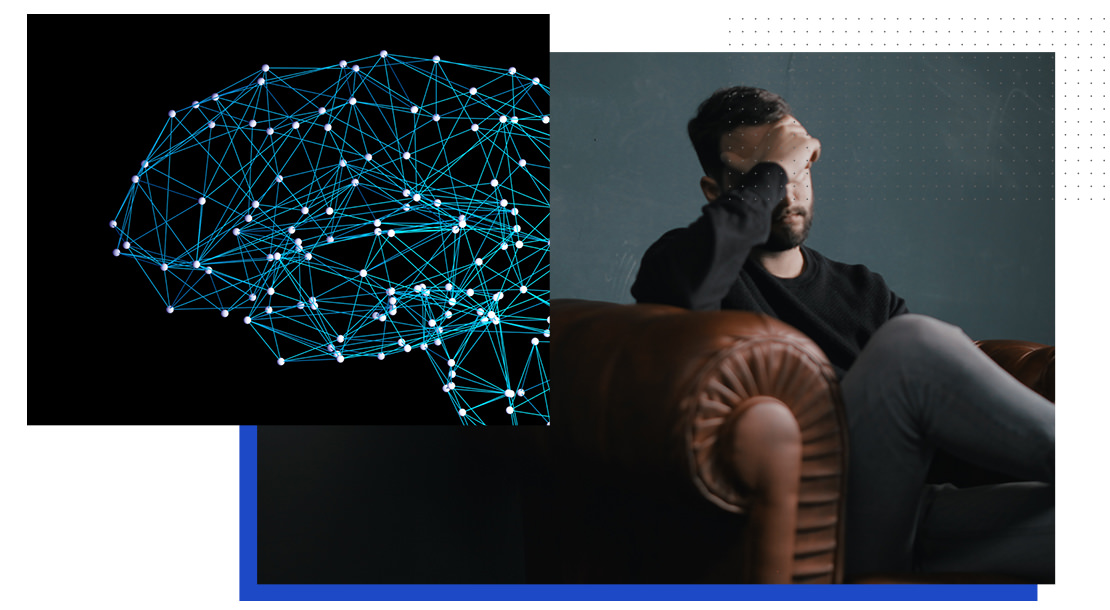What is Dystonia?
Dystonia is defined as a movement disorder characterized by sustained or intermittent muscle contractions causing abnormal, often repetitive movements, postures, or both. Dystonic movements are typically patterned by twisting and may be tremulous. Dystonia is often initiated or worsened by voluntary action and associated with overflow muscle activation.

Dystonia is the third most common movement disorder, impacting the lives of 300,000 people in North America alone. Parkinson’s Disease is its closest medical comparison carrying a higher level of public awareness.
Many people manage their dystonia with the help of doctors, specialists, family, and friends, and can live a relatively normal lifestyle. Dystonic symptoms sometimes occur as a side-effect of some degenerative conditions, but dystonia itself does not contribute to a shortened life span.
There are several known varieties, named for the parts of the body that exhibit symptoms. Patients usually develop characteristic spasms during or before puberty but have been diagnosed anywhere from childhood to adulthood. Identifying symptoms range greatly but are all manifested in the form of uncontrollable muscular contraction or tension. The variables of spasm severity, cadence, and location differ in almost every case. Recent advancements in technology have opened new doors of comfort and hope for those living with dystonia. Deep brain stimulation, a surgical option, has come to the forefront as a leading option for the suppression of spasms. FDA approved botulinum toxin injections have been noted to do the same, although with only temporary effectiveness.
Secondary symptoms associated with prolonged or patterned muscle contraction include soreness in the affected areas and general fatigue, both mental and physical. There is currently no cure for dystonia. Effective treatment depends on many variables and usually requires a multi-faceted approach with medication, physical therapy, and sometimes surgical solutions. Dystonia does not cause cognitive impairment.
The History of Dystonia
Dystonia, like other neurological disorders, has a long history of misdiagnosis and confusion. Its symptoms have been discovered referenced in materials that pre-date modern history, including medieval and renaissance depictions.
Through its history, a common theme is seen in the back-and-forth between schools of thought supporting genetic, physiological or environmental causation. Over time, the definition has grown to include both.
Doctors and researchers are still learning about dystonia. But, advanced genetic research and effective treatments in deep brain stimulation and botulinum toxin chemodenervation have highlighted great progress made in both areas in the last twenty-five years.
est. 302 BC
An abnormal neck posture is seen in some statues of Alexander the Great. It was rumored to have bent slightly to the left, prompting the suggestion that he had ocular torticollis.
100 to 700 AD
Ceramic sculptures from the Moche civilization of Peru render what is thought of as the first depiction of Meige syndrome.
1297 to 1343
Evidence of hand dystonia is seen and described in legal documents written by the French scribe Bernard Blancard
1552 to 1564
Swiss physician, Felix Platerus submits one of the earliest medical records of cervical dystonia.
1871
William Hammond reports on patients in which the most characteristic symptoms are an inability to retain the fingers and toes in any position. Calling it, “Athetosis”.
1853 to 1878
First recorded cases of musician’s dystonia in a pianist and flautist.
1888
Jean-Martin Charcot unveils the case of a stockbroker whose cervical dystonia was triggered by serve financial loss, thus establishing its strong tradition of psychological attribution.
1911
Hermann Oppenheim introduces the term “Dystonia muscular deformas”
1929
Influenced by the studies of Freud and with an absence of concordant neuropathological study, Réunion Neurologique Intl. Annauale reaches consensus that dystonia is not a disease of the nervous system
1944
Dystonia is once again recognized as an organic disease with the case of torsion presented by Herz
1959
Zeman et al. present the hereditary nature of dystonia
1966
Derek Denny-Brown updates definition, “A disorder with a fixed posture or oscillation between two or more fixed postures”
1969
Eldridge reports on the limited efficiency of psychotherapy
1970s
Fahn ands Marsden reconceptualize the definition to disprove psychiatric causation
1988
Stanley Fahn, MD establishes current accepted definition, “A syndrome of sustained muscle contractions, frequently causing twisting and repetitive movements, or abnormal postures”
1989
The DYT1 gene is localized to chromosome 9 and identified as responsible for the majority of early onset generalized dystonia
1989
The FDA approves Botox therapy for blepharospasm. Other automatic disorders including cervical dystonia, would follow in the next twenty six years